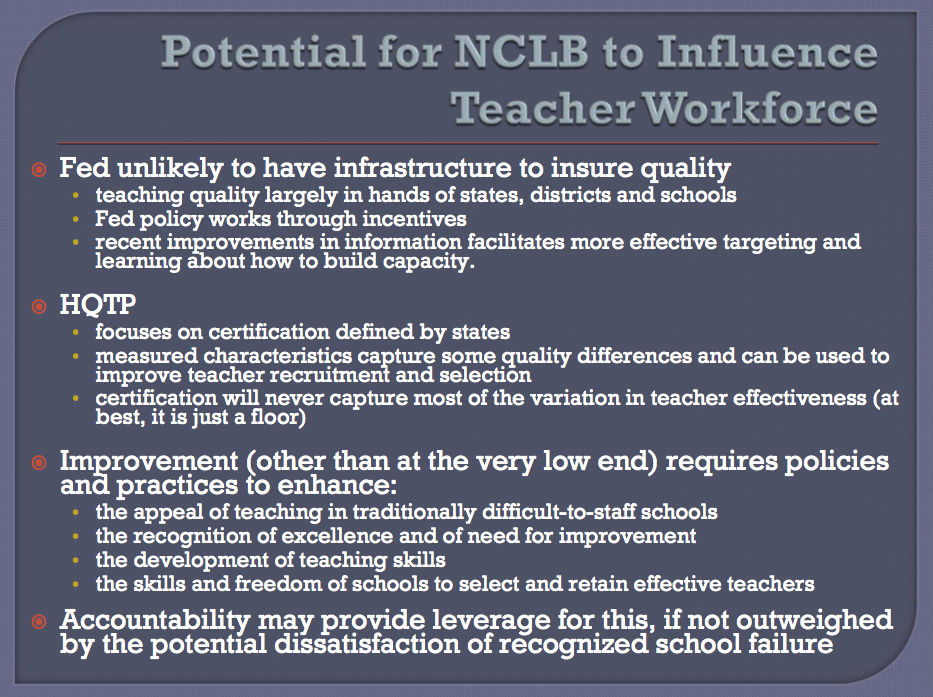Learning Targets from a leadership perspective…
Learning targets for students and what leaders look for in classrooms:
Consistent with our understanding of building to higher levels of meaningful processing, there is a connection that is developed between criteria and resources to achieve the incremental targets established by the criteria. For this reason, a student is guided to articulate their journey as well as their destination.
Washington State has done some exceptional work in linking pre- and prof- certification that forces close consideration of students understanding of learning targets. Written from student perspectives to achieve personalization of instructional processes.
Washington State OSPI Professional Growth Needs Assessment worksheets and core documents.
Download and look closely at the “green book.” Powerful work.
